Rue The Day You Didn't Plant These Companion Plants
Rue the Day You Didn't Plant These Companion Plants
Companion planting is a gardening practice that involves planting certain plants together to benefit each other. By understanding the relationships between different plants, you can create a more productive and pest-free garden.
There are many different companion planting combinations, but some of the most popular include:
- Beans and corn: Beans fix nitrogen in the soil, which corn benefits from. Corn provides shade for the beans, which helps to protect them from pests.

- Carrots and onions: Carrots and onions repel each other's pests, so planting them together can help to keep your garden free of pests.

- Cucumbers and tomatoes: Cucumbers and tomatoes benefit from each other's moisture levels. Cucumbers prefer moist soil, while tomatoes prefer well-drained soil. By planting them together, you can create a more balanced environment for both plants.
- Herbs and flowers: Herbs and flowers can help to attract beneficial insects to your garden, which can help to control pests. They can also help to deter pests from other plants in your garden.
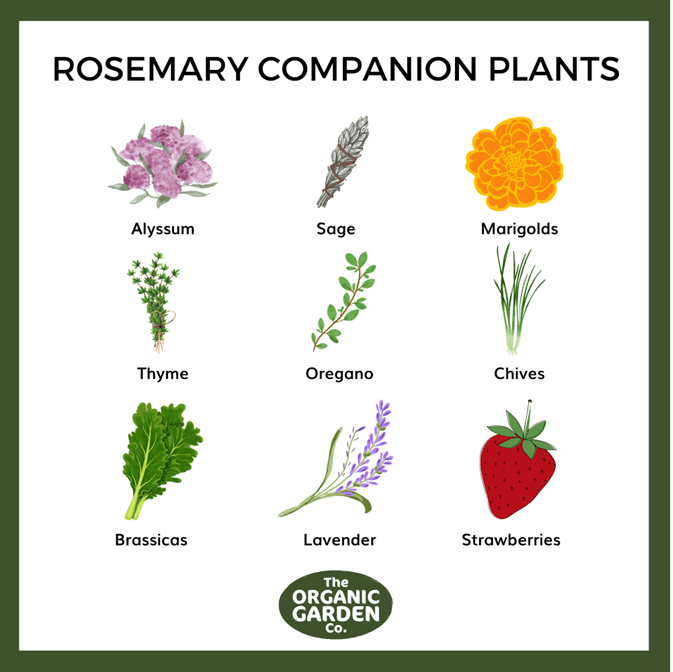
In addition to these popular combinations, there are many other beneficial companion planting relationships. By doing some research, you can find the perfect companion plants for your garden.
Benefits of Companion Planting
There are many benefits to companion planting, including:
- Increased productivity: Companion planting can help to increase the productivity of your garden by improving the growth and health of your plants.
- Reduced pest pressure: Companion planting can help to reduce pest pressure by attracting beneficial insects and deterring pests.
- Improved soil health: Companion planting can help to improve soil health by increasing the diversity of beneficial microorganisms in the soil.
- Enhanced beauty: Companion planting can enhance the beauty of your garden by creating a more colorful and attractive landscape.
How to Choose Companion Plants
When choosing companion plants, there are a few things to keep in mind:
- The needs of the plants: Make sure to choose plants that have similar needs in terms of sun exposure, water, and soil type.
- The relationships between the plants: Some plants have beneficial relationships with each other, while others have negative relationships. Do some research to learn about the relationships between the plants you are considering planting together.
- Your personal preferences: Ultimately, the best way to choose companion plants is to experiment and find what works best for you.
Conclusion
Companion planting is a simple and effective way to improve the health and productivity of your garden. By understanding the relationships between different plants, you can create a more balanced and productive ecosystem.
Rue is a fragrant herb with a long history of medicinal and culinary use. It is also a popular companion plant, meaning that it can be grown near other plants to benefit their growth and health.
Some of the best companion plants for rue include:
- Beans: Rue can help to repel pests that can damage beans, such as aphids and beetles.
- Carrots: Rue can help to improve the flavor of carrots.
- Cabbage: Rue can help to deter cabbage moths and other pests.
- Onions: Rue can help to repel mosquitoes and other insects.
- Tomatoes: Rue can help to improve the flavor of tomatoes and deter pests.
If you are interested in learning more about rue companion planting, I recommend visiting the website Gardenia Inspiration. This website provides detailed information about the benefits of companion planting with rue, as well as a list of compatible plants.
FAQ of rue companion planting
1. What are some good companion plants for rue?
Rue is a versatile herb that can be planted with a variety of other plants. Some good companion plants for rue include:
- Allium (garlic, onions, chives): These plants help to repel pests that are attracted to rue, such as cabbage moths and aphids.
- Beans: Beans fix nitrogen in the soil, which benefits rue and other plants.
- Carrots: Rue helps to repel carrot flies, which can be a problem for carrots.
- Cucumbers: Rue helps to repel cucumber beetles, which can be a problem for cucumbers.
- Herbs: Rue can be planted with a variety of other herbs, such as mint, oregano, and thyme. These plants help to attract beneficial insects, which can help to control pests.
2. What are some plants that should not be planted near rue?
There are a few plants that should not be planted near rue, as they can be harmful to each other. These plants include:
- Celery: Rue can inhibit the growth of celery.
- Cabbage: Rue can attract pests that are also attracted to cabbage, such as cabbage moths.
- Lettuce: Rue can inhibit the growth of lettuce.
- Potatoes: Rue can inhibit the growth of potatoes.
- Tomatoes: Rue can attract pests that are also attracted to tomatoes, such as whiteflies.
3. What are the benefits of companion planting with rue?
There are a number of benefits to companion planting with rue. Rue can help to repel pests, attract beneficial insects, and improve the health of the soil.
- Pest control: Rue has a strong scent that can repel a variety of pests, including cabbage moths, aphids, and cucumber beetles.
- Beneficial insects: Rue can attract beneficial insects, such as ladybugs and lacewings, which help to control pests.
- Soil health: Rue helps to improve the health of the soil by fixing nitrogen and deterring pests.
4. How far apart should rue plants be planted?
Rue plants should be planted about 18 inches apart. This will give them enough space to grow and spread.
5. When is the best time to plant rue?
Rue can be planted in the spring or fall. It is a hardy plant that can tolerate a variety of temperatures.
Image of rue companion planting
- Image 1: A garden bed with rue (left) and tomatoes (right). The rue is said to repel pests that can damage tomatoes, such as Japanese beetles.

- Image 2: A pot with rue, lavender, and chamomile. These herbs all have a strong scent that can deter pests.
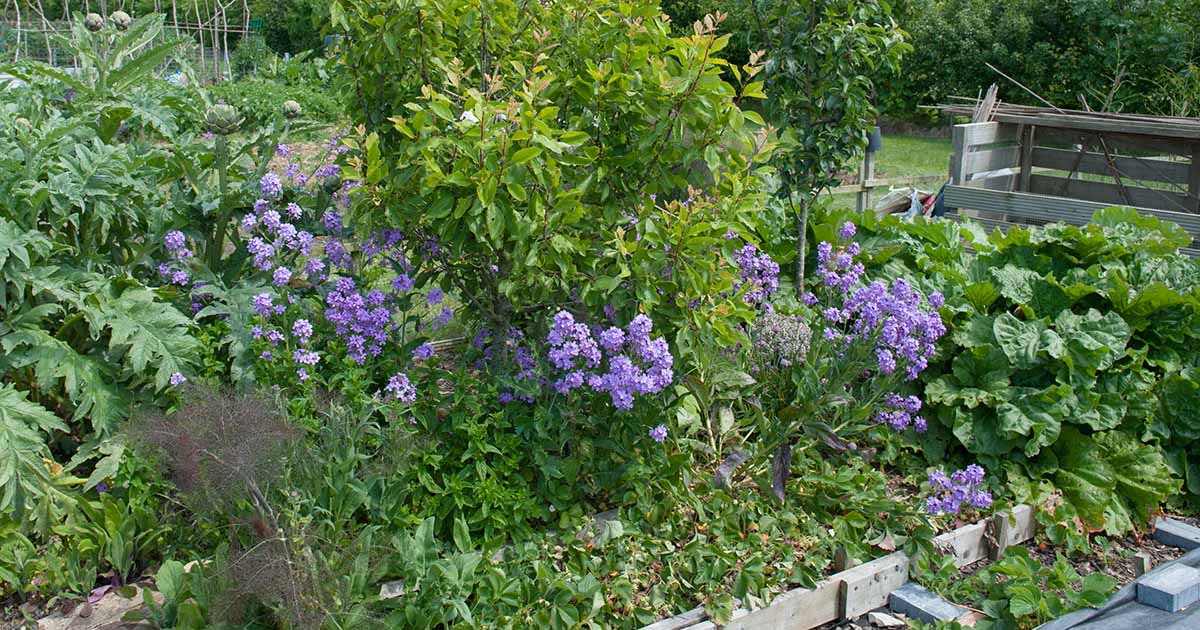
- Image 3: A row of carrots with rue planted between them. The rue is said to help protect the carrots from carrot fly.
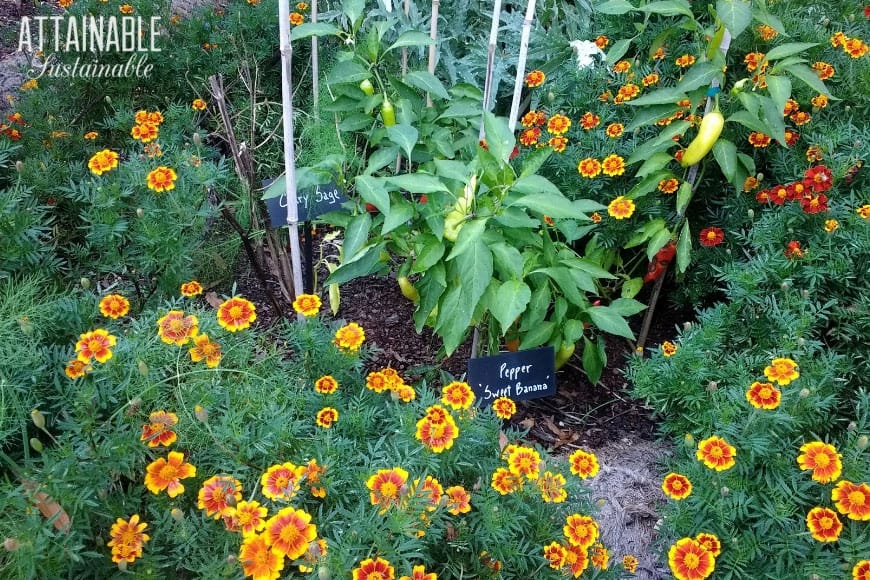
- Image 4: A bed of roses with rue planted around the edge. The rue is said to repel aphids, which can be a problem for roses.
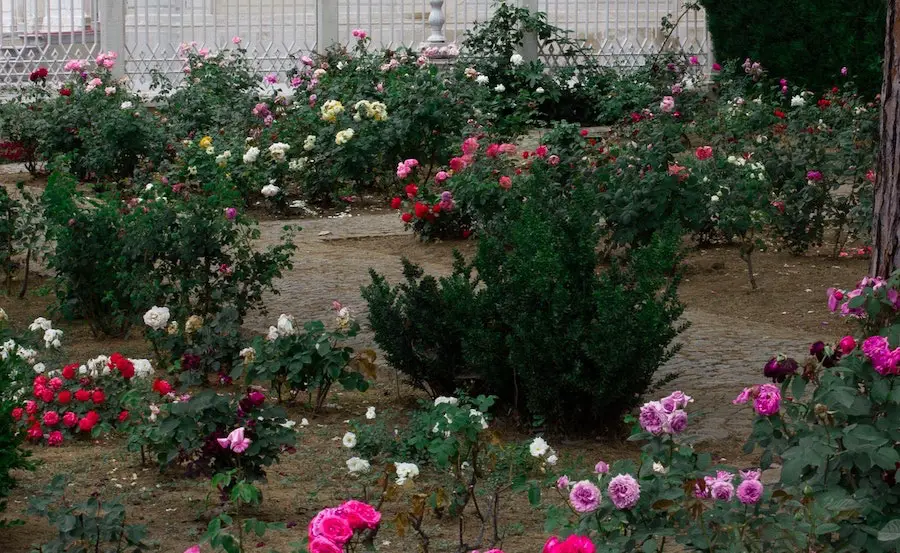
- Image 5: A pot with rue, basil, and mint. These herbs all have different scents that can help to deter pests.
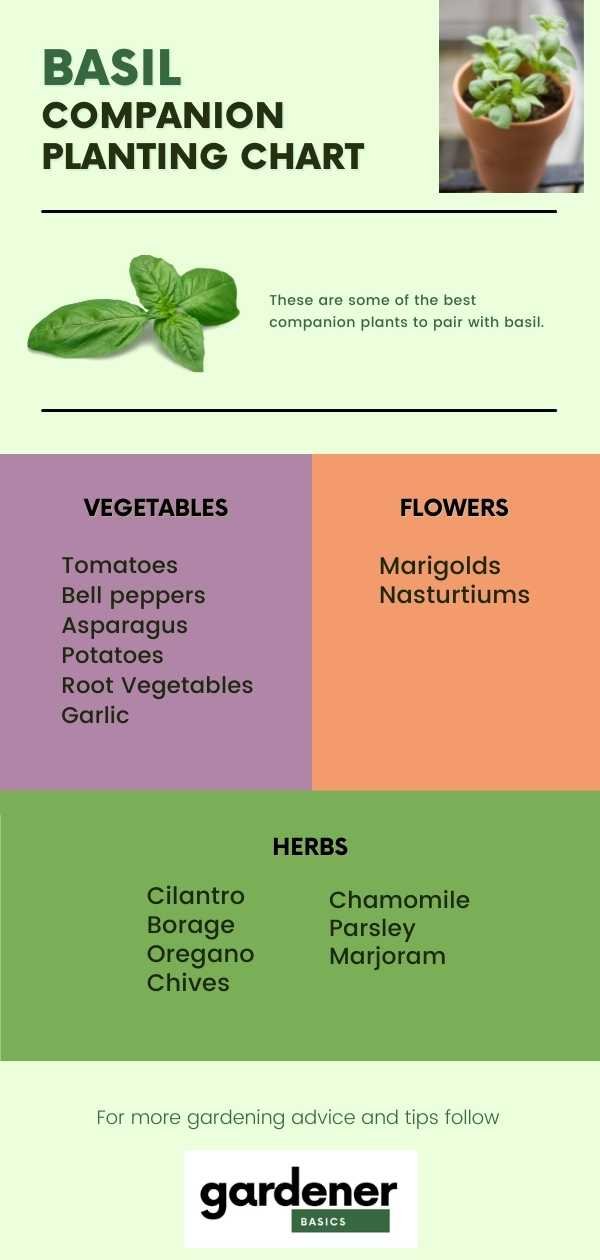
Post a Comment for "Rue The Day You Didn't Plant These Companion Plants"